The story of Bertone: the Most Controversial Coachbuilder Ever
The beginning of Bertone Bertone was founded in November 1912, when Giovanni Bertone, then aged 28, opened a workshop specialising in the construction and…
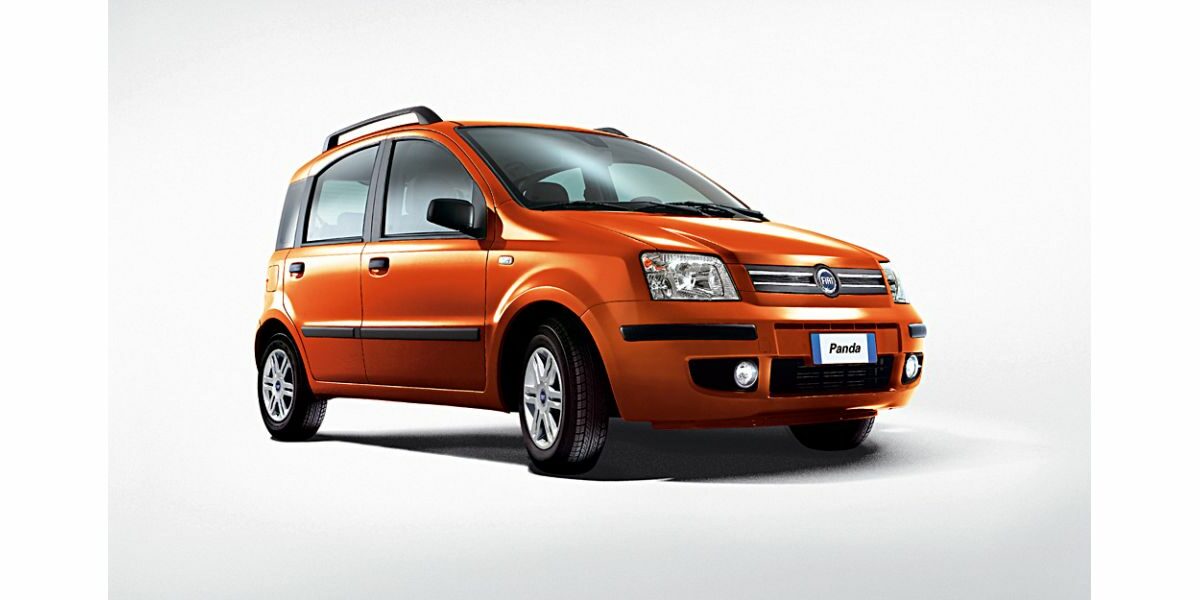
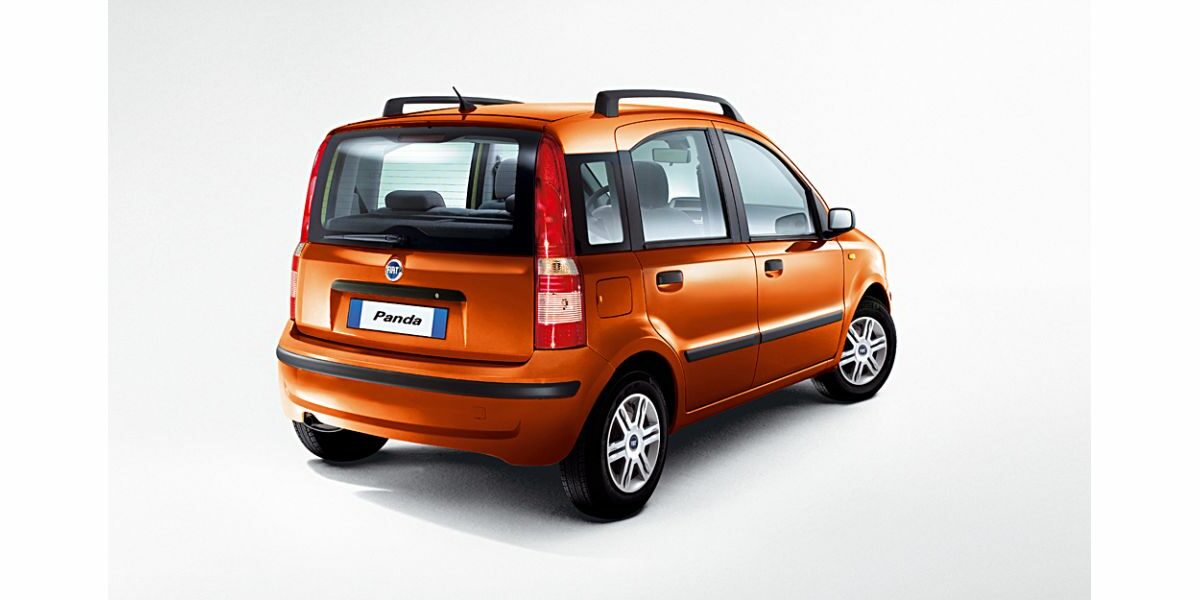
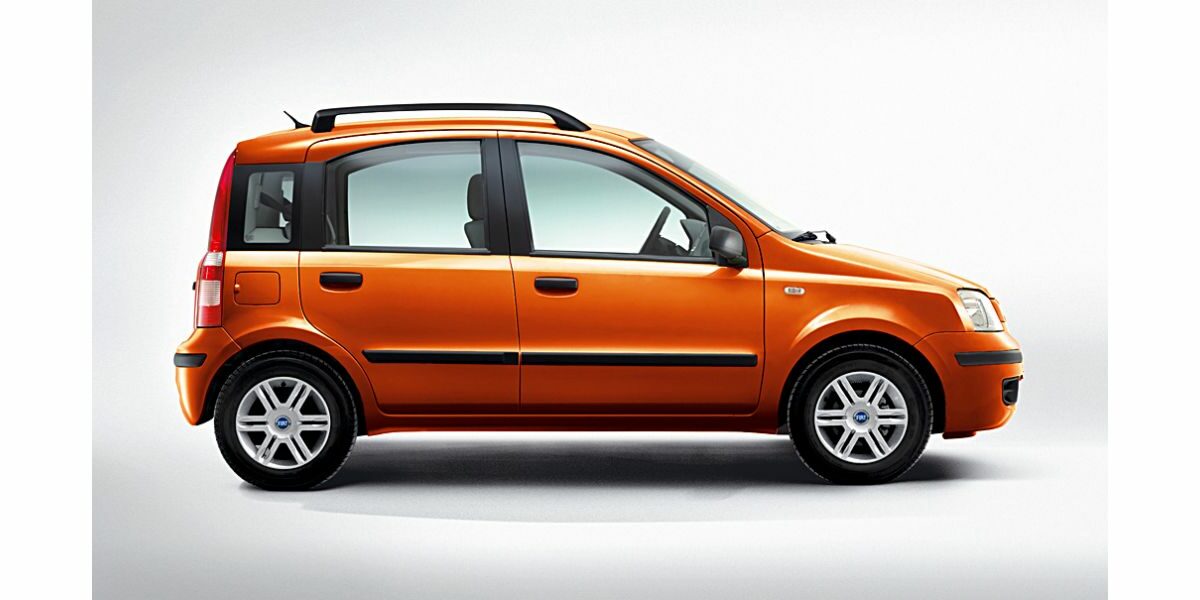
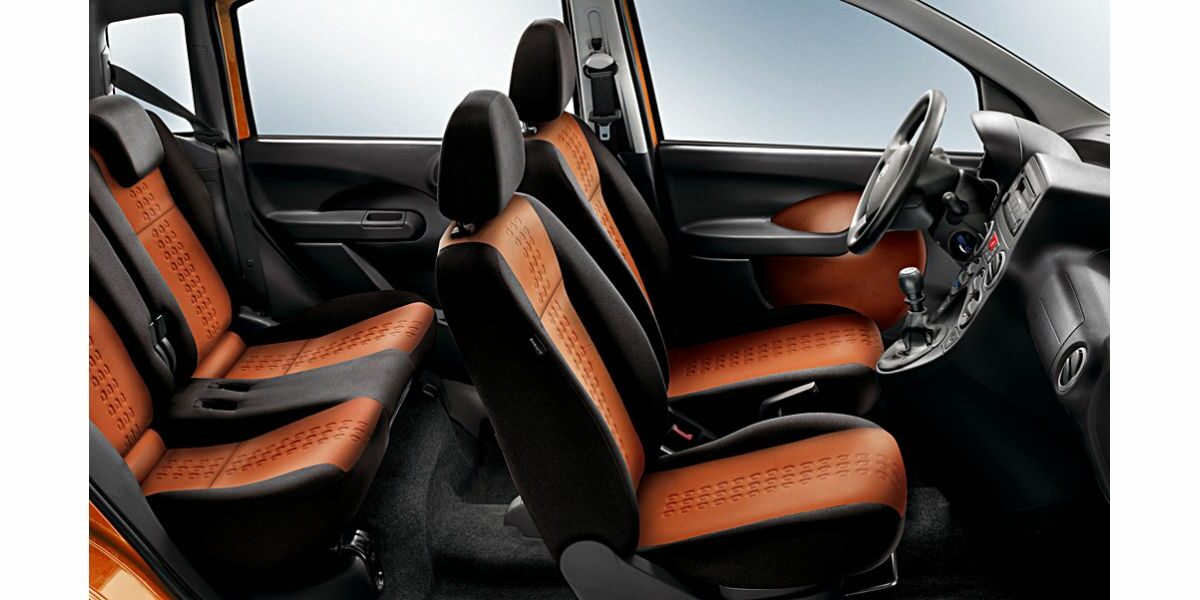




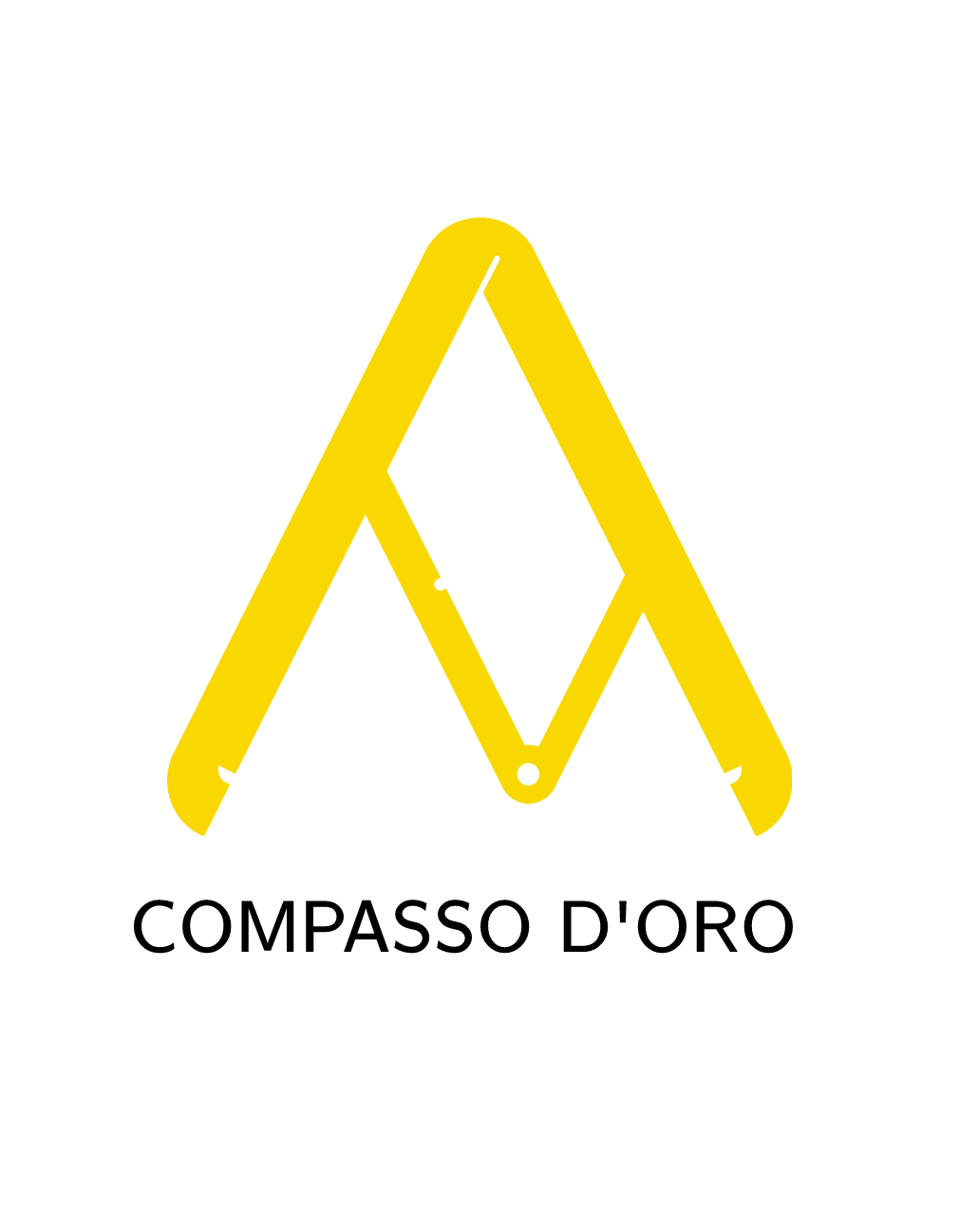
The second generation of the Fiat Panda, designed by Bertone under the styling direction of Giuliano Biasio, was produced from 2003 to 2012. Heir to the first series released in 1980, compared to its progenitor it abandoned the compact 3-door body to adopt a 5-door layout.
The 2nd generation Fiat Panda, conceived as the heir to the historic 1980 Panda, was initially unveiled at the 2003 Geneva motor show under the name Fiat Gingo. However, that appellation soon generated several issues: on the one hand, its close resemblance to the name of another small car, the Renault Twingo (a direct competitor of the new Fiat Panda), caused the French manufacturer to publicly warn the Italian one against using it, and also feared legal action if it was not withdrawn; on the other hand, in the weeks following the Geneva preview, various insiders and the public welcomed with much perplexity the use of the name Gingo, which was yes catchy, but without a history behind it, in place of Panda, a brand that over the decades had built an accredited reputation in the automotive field, carrying with it a great force of penetration on the public as well as having become a guarantee itself for the model. In the face of this, within a month of its debut in the markets, Fiat Auto backtracked and took over the name of the car that had just left production after a twenty-three-year career, becoming its de facto second series. Known as Project 169, it was sold in Italy starting in September 2003 supported by numerous events and advertising campaigns. In total, the Turin-based manufacturer invested the sum of 560 million euros in the design and industrialization of the car. The design of the Fiat Panda, the result of the Bertone style center, is 3.54 meters in length, ideal for tackling city streets, thanks in part to the reduced turning radius and the help of electric power steering (equipped with the City function, which makes it even more effective and lighter during delicate maneuvers). This, together with limited fuel consumption, good roominess for four people (thanks to a height of 1.54 meters) and not very high list prices, have decreed success for the second series of the Italian hatchback.

The beginning of Bertone Bertone was founded in November 1912, when Giovanni Bertone, then aged 28, opened a workshop specialising in the construction and…
Missing or wrong informations?
Carrozzieri-Italiani.com relies on thousend of users who help to populate the database. We do not guarantee the accuracy of the informations. Contact us if you want to contribute.
